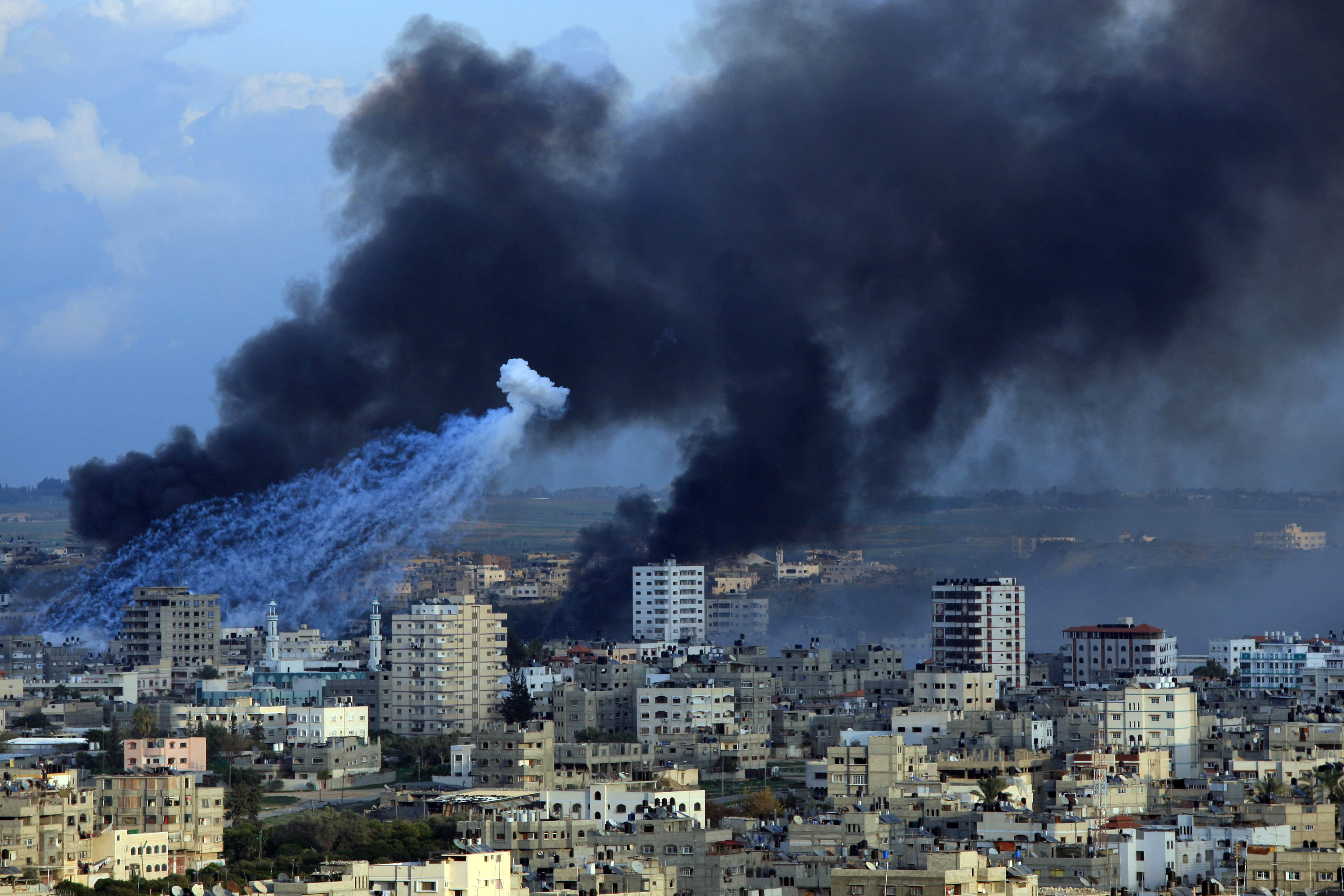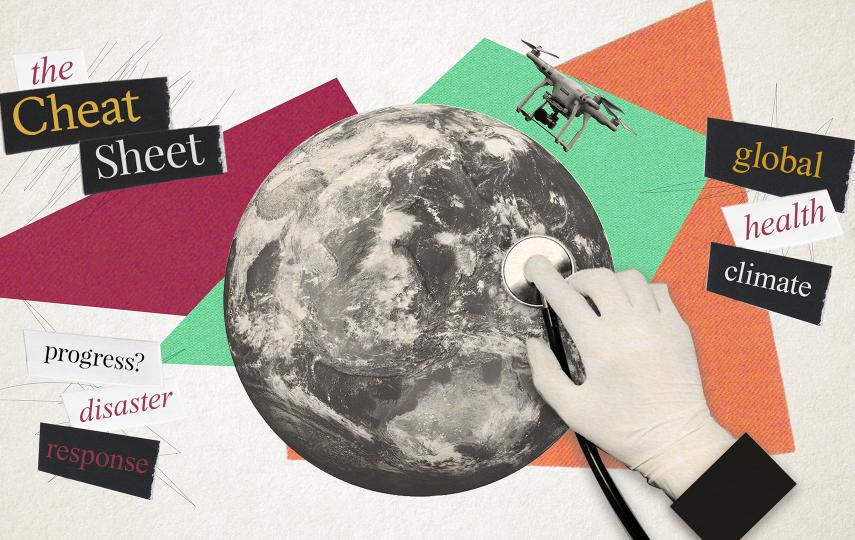A huge fire was raging in the compound of the UN agency for Palestinian refugees (UNWRA) after it was hit by Israeli tank shells on 15 January.
UNWRA spokesperson Chris Gunness told reporters they cannot put out the fire because it is white phosphorus. There were some 700 people in the compound in immediate danger, he said.
Gunness said three of the five shells to hit the complex were white phosphorus bombs.
On 13 January Brig-Gen Avi Benayahu, chief spokesman for the Israel Defense Force (IDF), said that in its assault on Gaza Israel was using weapons in accordance with international treaties and conventions. He denied Israel was using white phosphorus. ''I repeat Commander in Chief Ashkenazi’s words: The allegations of the IDF using WP [white phosphorus] are false.''
Palestinian medics in Gaza have reported treating patients for burns allegedly caused by white phosphorus.
| Read more |
Meanwhile, Israel’s defence minister has apologised to visiting UN Secretary-General Ban Ki-moon, calling the attack on the UNRWA compound “a bitter mistake”.
International law
International law permits the use of white phosphorus in war as a “screen” to cover army movements but its use is highly controversial. White phosphorus can inflict agonising chemical burns.
The use of white phosphorus against civilians was banned in the 1980 Convention on Prohibitions or Restrictions on the Use of Certain Conventional Weapons Which May Be Deemed to Be Excessively Injurious or to Have Indiscriminate Effects. (The convention was enforced in December 1983 and is an annex to the Geneva Conventions 1949). Israel signed the convention on 22 March 1995 but has not signed the relevant protocol III dealing with incendiary weapons such as white phosphorus.
Photographs
A spokesperson for Physicians for Human Rights (PHR), an Israeli NGO, told IRIN they had received photos of alleged phosphorus burns from news agencies working inside Gaza. These photos are being reviewed by experts in plastic surgery in Israel to determine whether they are indeed of phosphorus wounds.
On 13 January, in response to a query from parliamentarian Zehava Galon on the allegation that the IDF was using white phosphorus in Gaza, IDF Chief of Staff Gabi Ashkenazi said: “The IDF operates weapons in accordance with international law. We do not use phosphorus, only “smoke curtains” (smoke screens).''
The answer did not explain what “smoke curtains” are.
In an interview on Israeli TV Channel 1 on 12 January, Reserve Maj-Gen Yiftach Ron Tal said: ''Israel is using smoke screens that include phosphoric elements.''
Eyewitnesses on the Gaza border told IRIN they saw what seemed to be similar to what they know from their military service to be phosphorus smoke screens.
Adam Keller, a spokesperson for Gush Shalom, the Israeli peace bloc, told IRIN: “While using smoke screens containing phosphorus may be allowed by international law, it inflicts terrible injuries in heavily populated areas. The IDF might be acting within the law but it is causing grave injuries to the population in Gaza.''
Israel previously used white phosphorus during the second Lebanon war in 2006 and was criticised internationally for doing so.
td/ar/cb
This article was produced by IRIN News while it was part of the United Nations Office for the Coordination of Humanitarian Affairs. Please send queries on copyright or liability to the UN. For more information: https://shop.un.org/rights-permissions





